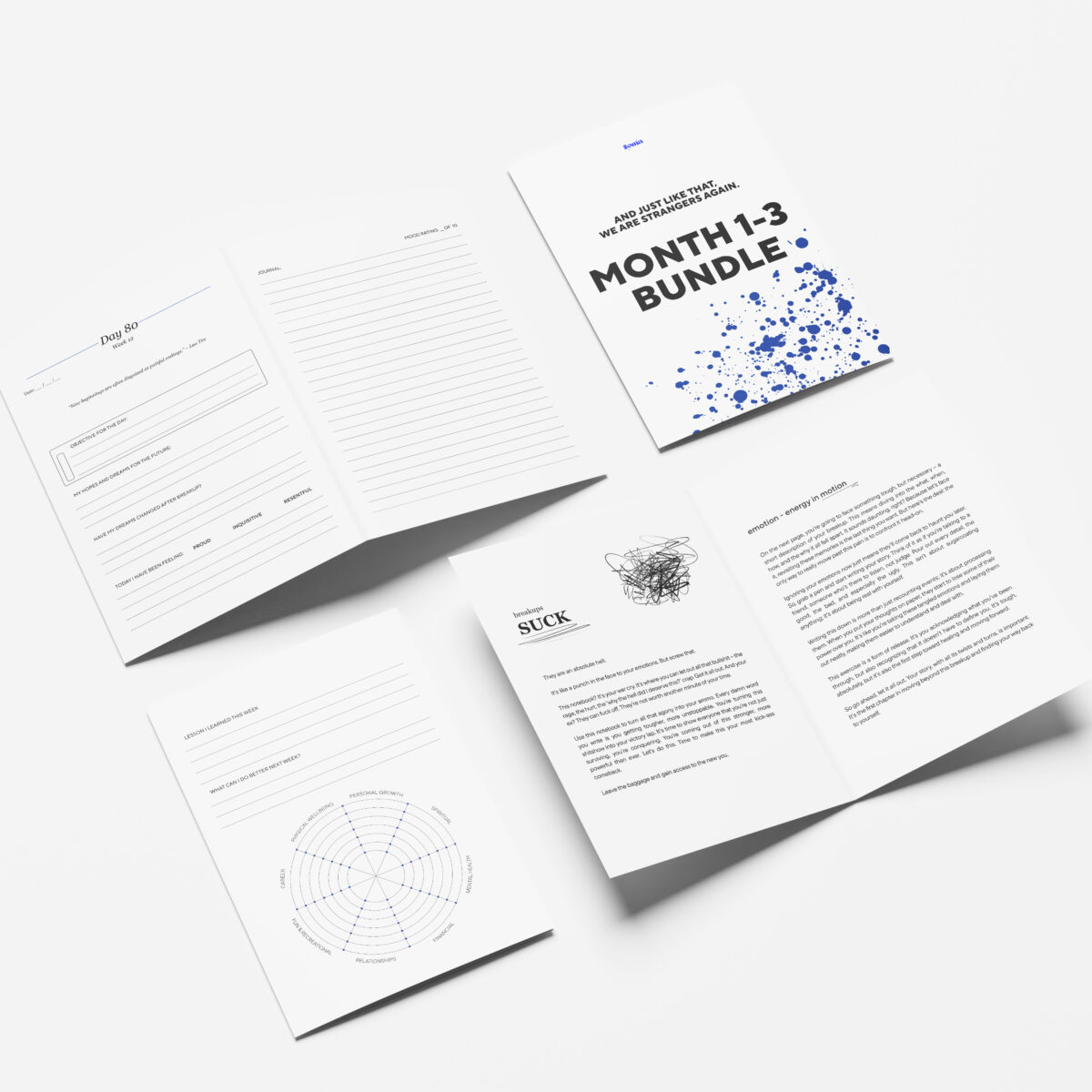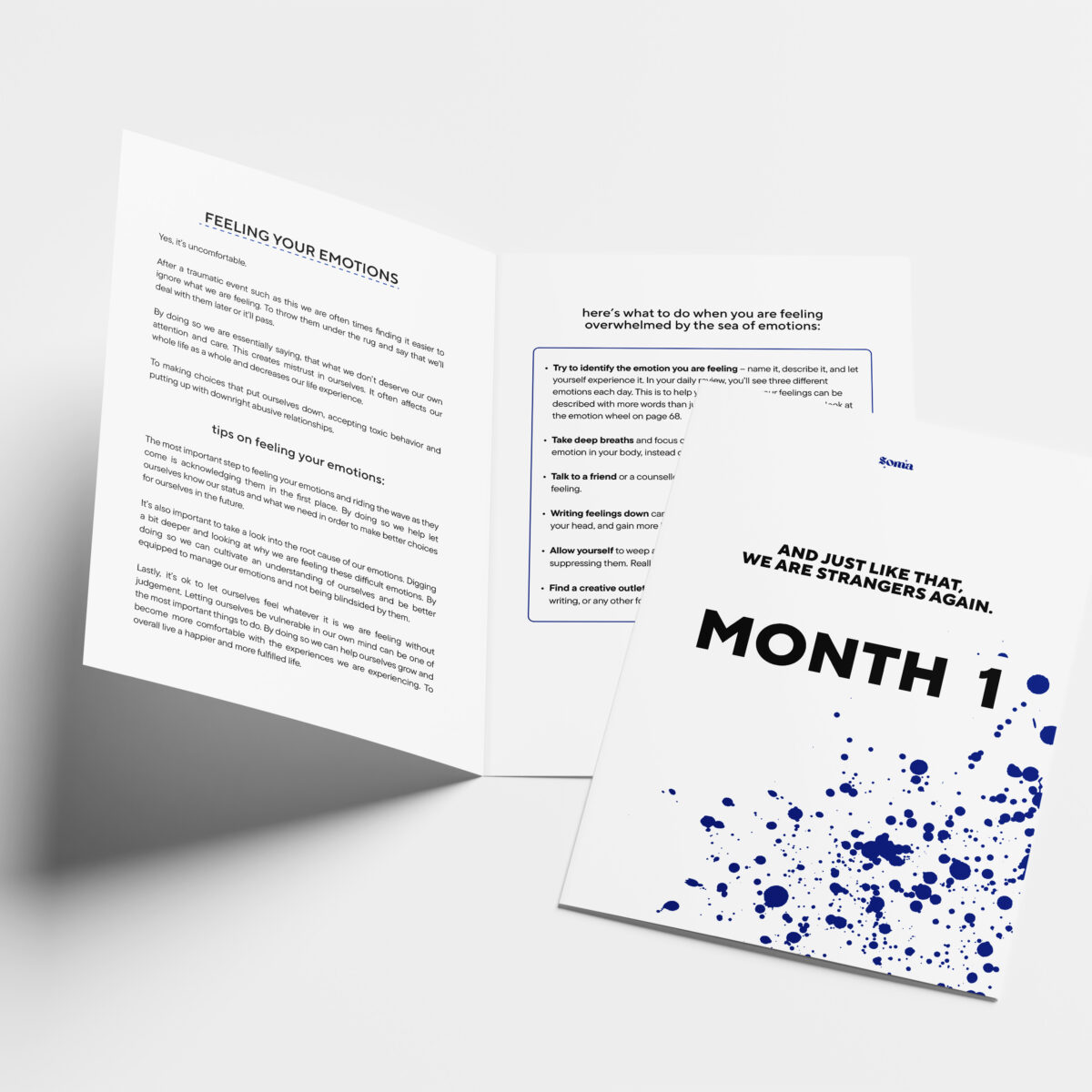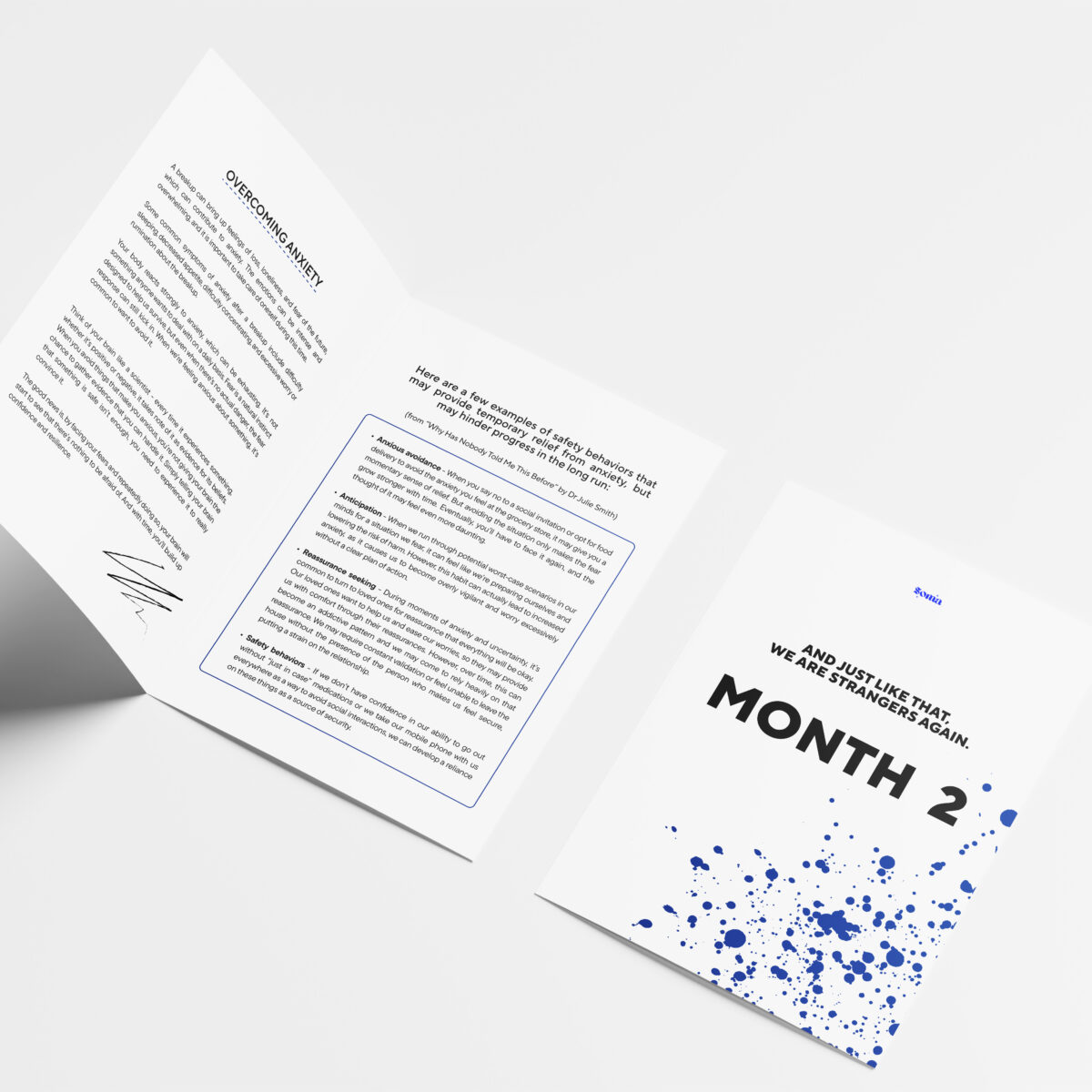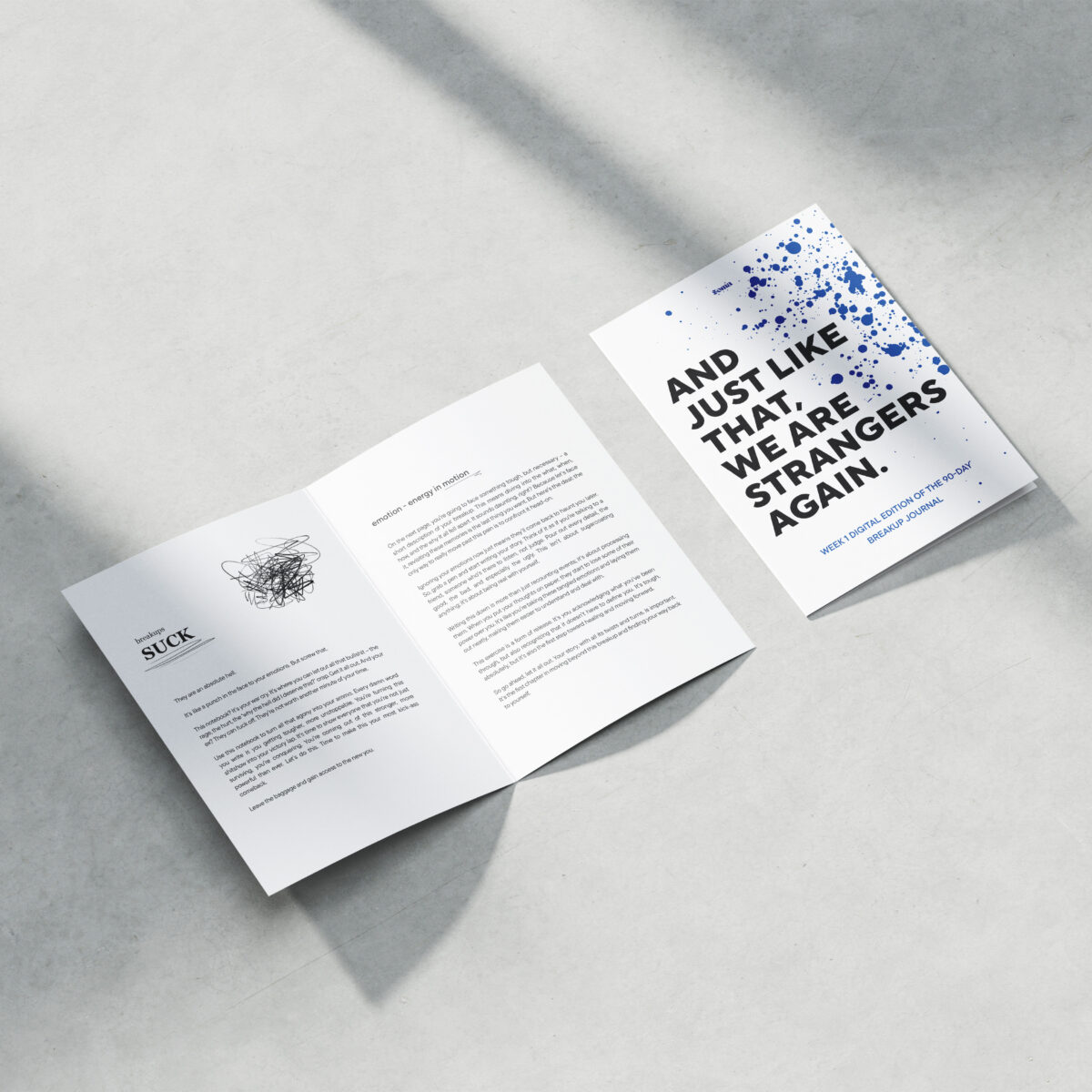
Conflict is woven into the fabric of our lives. Whether it’s a disagreement with a coworker, a misunderstanding with a friend, or a longstanding tension with a family member, unresolved conflicts cast a shadow over our relationships and well-being. Carrying the weight of unresolved issues can lead to stress, resentment, and even a breakdown of important connections.
The good news is that it doesn’t have to be this way. With the right tools and understanding, we can break free from the cycle of unresolved conflict and create healthier, more fulfilling relationships. Let’s explore the reasons why conflicts linger and strategies for effective and lasting resolution.
Why Conflicts Go Unresolved
Fear is a major reason conflicts remain unresolved. We might be afraid of confrontation, escalation of tensions, rejection, or the possibility of hurting someone’s feelings. Sometimes we choose avoidance, hoping that if we ignore the conflict for long enough, it will simply disappear on its own. Other times, we ourselves might be unsure about what we really want from the situation or how to express those needs. A lack of communication and conflict resolution skills can hinder our attempts at resolution. Pride and stubbornness can also be significant barriers, as they may keep us from acknowledging our part in the problem or taking the first step towards reconciliation. In some cases, external factors like geographical distance or lack of mutual availability for direct interaction make conflict resolution more challenging.
The Price of Unresolved Conflict
Unresolved conflicts don’t just fade away. They fester. The longer a conflict remains unresolved, the more resentment, mistrust, and hurt build up between individuals, causing significant damage to relationships. Conflicts are emotionally draining, leading to stress, anxiety, anger, and even depression. As our focus and energy are diverted away from productive tasks and towards ruminating on the conflict, both personal and professional productivity can suffer. Unresolved conflicts prevent us from building strong, supportive networks and collaborating effectively. Furthermore, the chronic stress caused by unresolved issues can even negatively impact our physical health.

Before You Start: Setting the Stage for Resolution
Before you dive headfirst into a conversation about a lingering conflict, there are a few key things to consider. Start by choosing a time when both you and the other person are as calm and focused as possible. Avoid trying to resolve a conflict when either of you is stressed, tired, or preoccupied. Approach the situation with a genuine desire to find a solution and improve the relationship, rather than just “winning” an argument. Be committed to genuinely hearing and understanding the other person’s perspective, even if you don’t initially agree with it. Lastly, be realistic – not every conflict can be fully resolved. Sometimes, the goal might be to reach a better understanding, set healthy boundaries, or simply agree to disagree in a respectful manner.
Steps to Address an Unresolved Conflict
1. Acknowledge and Define the Conflict
Start by clearly defining what the conflict is about from your perspective. Be as specific as possible. Then, in a calm and non-accusatory manner, explain how you see the situation and how it has impacted you. Use “I” statements like, “I feel hurt when…” or “I feel frustrated that…” Afterward, invite the other person to share their side of the story and how the conflict affects them. Listen actively and attentively.
2. Explore the Underlying Needs
Go beyond the surface-level positions and try to identify both your needs and the other person’s. A position is what you say you want; a need is the deeper reason behind it. Look for overlapping needs, as this can be a starting point for finding a mutually acceptable solution. Maintain a sense of compassion towards the other person’s feelings and needs, but also grant yourself that same compassion. Conflicts often involve pain on both sides.
3. Take Responsibility and Apologize (Where Appropriate)
Even if you don’t feel you were completely in the wrong, there’s likely something you could have done differently. Be willing to acknowledge any missteps on your side. If you have intentionally or unintentionally hurt the other person, a sincere and specific apology can go a long way in healing the relationship. Remember, apologizing doesn’t mean admitting defeat. It means taking responsibility for your actions and their impact on others.
4. Focus on Problem-Solving
Instead of dwelling on the past, focus on finding solutions that could work for both of you moving forward. Brainstorm a list of possible solutions together. Don’t evaluate the possibilities at this stage – just get as many ideas down as possible. Look for solutions that address the needs of both parties as much as possible.
5. Communicate Clearly and Respectfully
Practice active listening skills. Summarize what you hear the other person saying to ensure you’re on the same page and to demonstrate empathy. Continue using “I” statements to express your feelings and needs without blaming the other person. Avoid phrases like “You always…” or “You never…”, as these tend to be accusatory. If you’re unsure about something, ask clarifying questions rather than making assumptions.
6. Compromise and Forgiveness
Be willing to compromise and meet the other person halfway. Remember, a good compromise means both people are giving up something to find a solution. Even if a complete resolution isn’t possible, forgiveness (of yourself and the other person) can help you release the emotional weight of the conflict and move forward. Forgiveness doesn’t mean condoning the other person’s behavior, but rather letting go of any resentment.

Special Considerations
If there’s a significant power imbalance in the relationship (e.g., boss/employee, parent/child), additional sensitivity may be required, or a neutral mediator might be beneficial. If the conflict is part of a pattern of abusive or unhealthy behavior, prioritize your safety and well-being. Seek professional help, and consider whether ending the relationship is the only healthy path. For complex or deeply entrenched conflicts, consider professional mediation. A mediator can facilitate communication, help identify solutions, and create a safe and structured space for resolution.
The Benefits of Resolving Conflict
Investing time and effort in conflict resolution has significant benefits. Successful resolution fosters stronger bonds built on trust, respect, and mutual understanding. Letting go of the weight of conflict improves emotional well-being and reduces stress levels. Resolving conflicts helps us develop communication skills, empathy, and self-awareness, resulting in personal growth. Successful conflict resolution also builds confidence in our ability to handle future challenges in relationships, increasing our overall resilience.
Remember, unresolved conflicts don’t magically disappear. By addressing them with courage, compassion, and a willingness to find a solution, we invest in healthier relationships with ourselves and with others.
Want even more tips on conflict resolution and healthy relationships? You can find it in the Soma journal:









